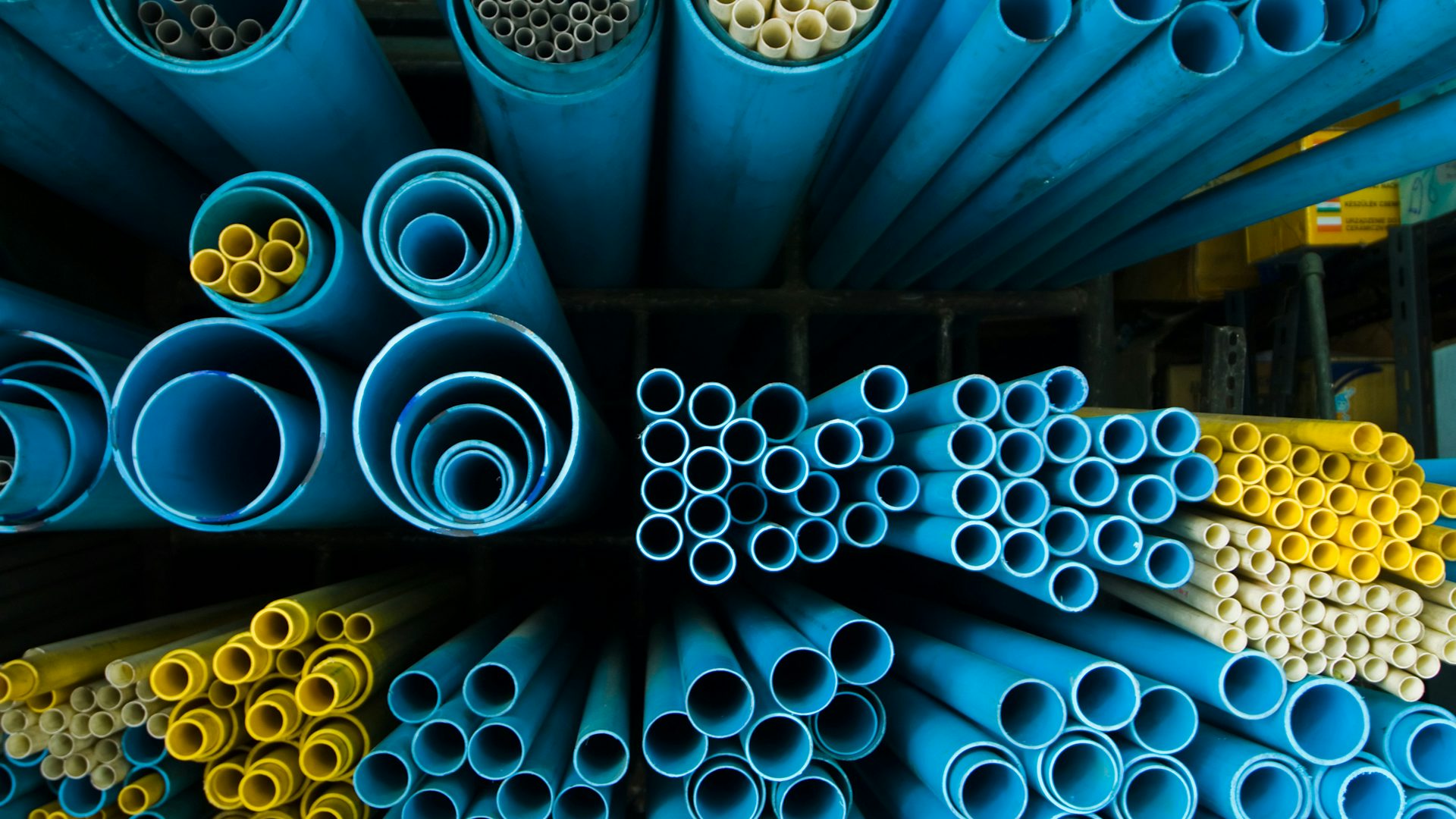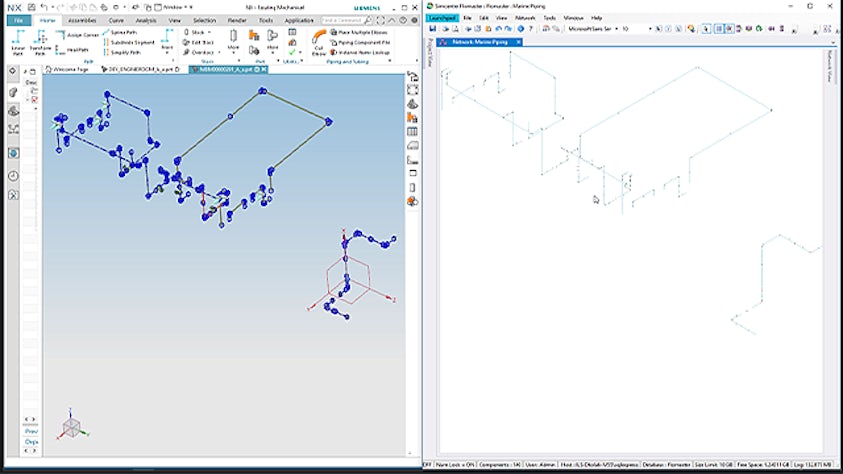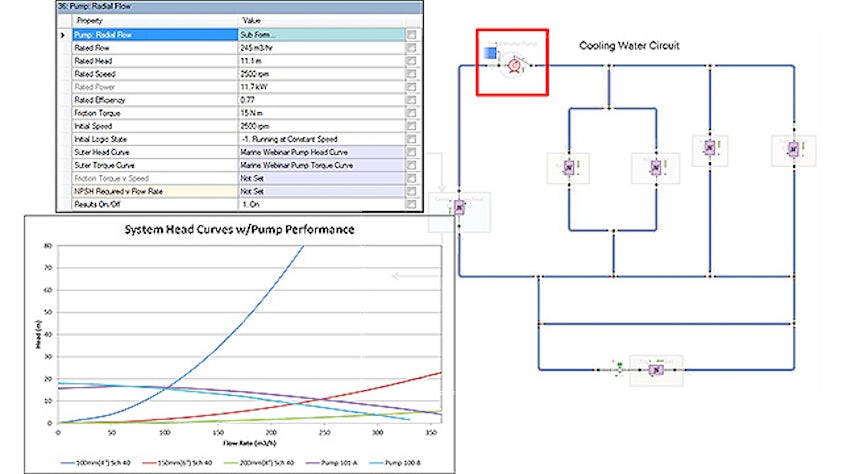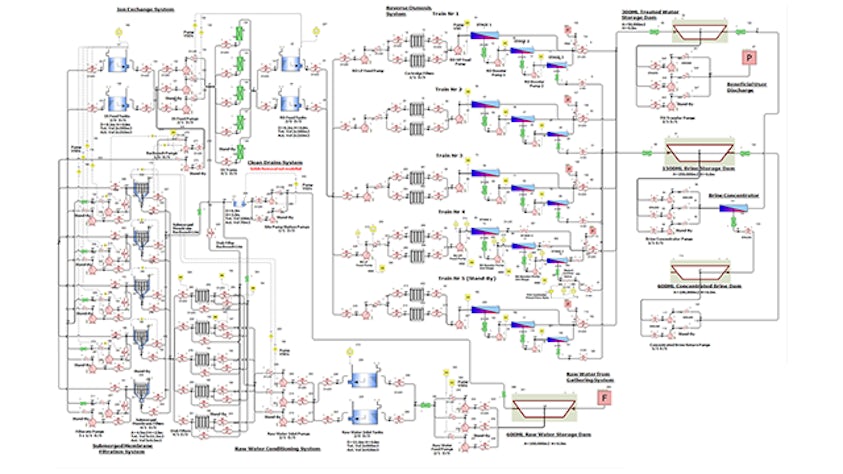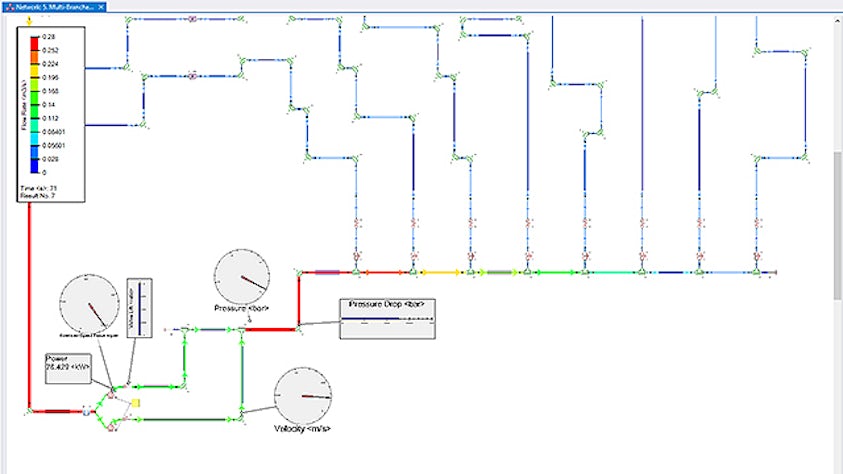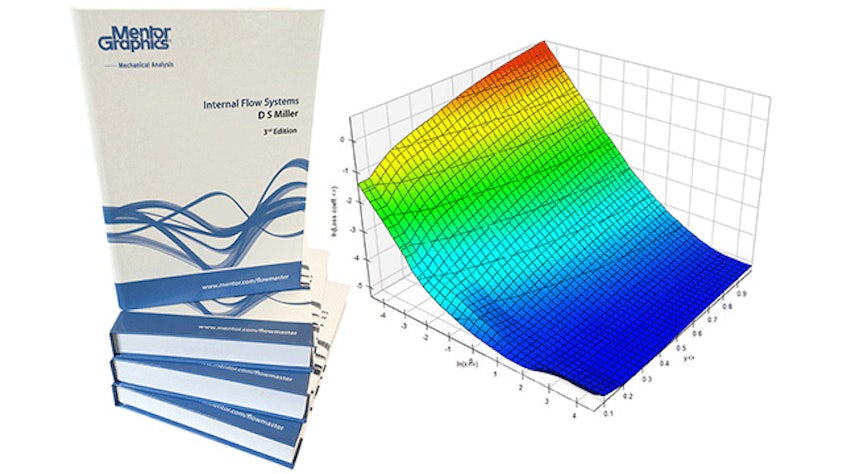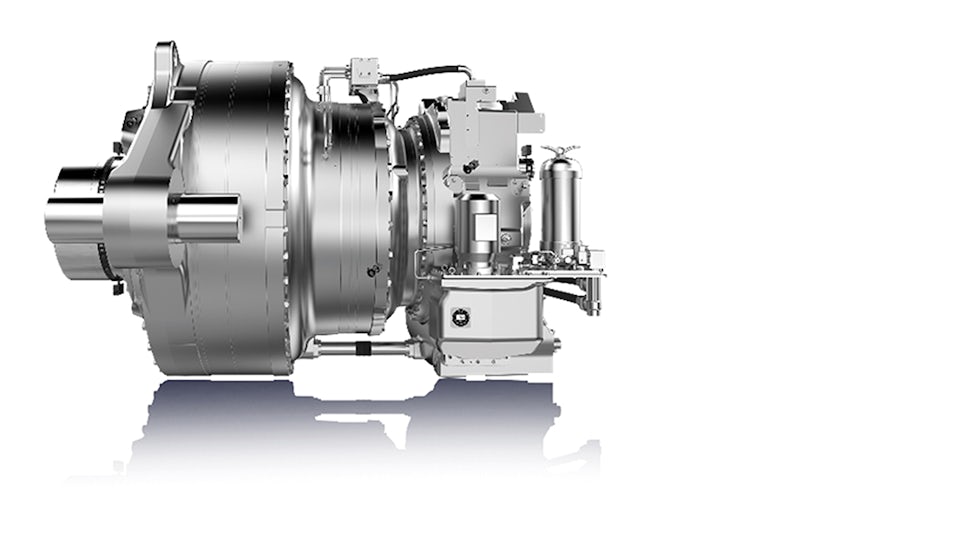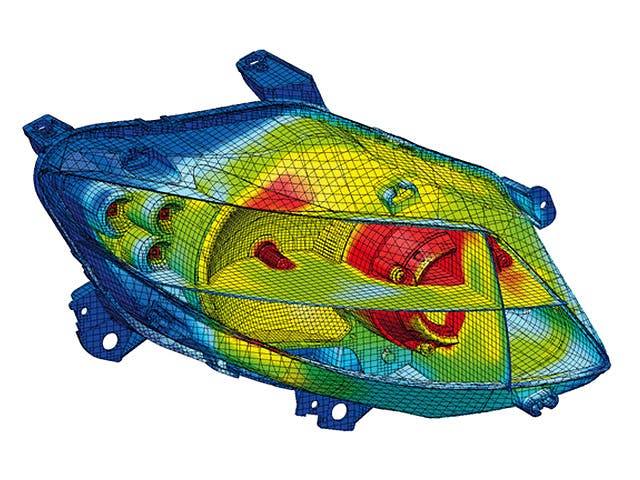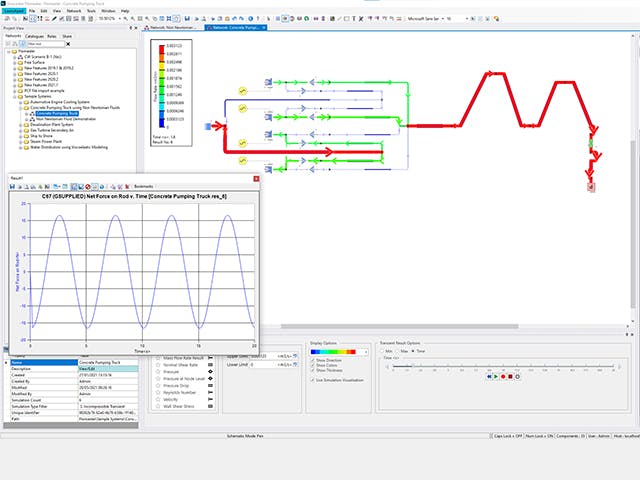확신을 바탕으로 열 유체 시스템의 초기 설계 의사 결정
설계 단계 초기에 규모와 복잡성에 관계없이 출시 시간을 단축하고 열 유체 시스템의 시뮬레이션 비용을 절감할 수 있습니다. 기하학적 데이터(P&ID, CAD 또는 GIS)를 자동으로 가져와서 모델을 구축하고 정확한 정적 솔버를 사용하여 시스템의 크기를 빠르게 조정하고 균형을 유지함으로써 시간을 절약할 수 있습니다. 고급 포스트프로세싱을 사용하면 시스템 동작을 한 눈에 이해하고, 비용에 미치는 영향을 최소화하면서 변경 사항을 적용할 수 있는 문제를 파악할 수 있습니다.
동급 최고의 솔버와 내장된 상관관계는 시뮬레이션 결과의 정확성을 보장합니다. 산업 규모의 리그에서 수년간 다양한 사용자에 의해 검증되고 매우 정확한 실제 측정값으로 구성된 Miller 데이터에 기반을 둔 대규모 컴포넌트 라이브러리 덕분에 자신 있게 초기 설계 및 조달 결정을 내릴 수 있습니다.
